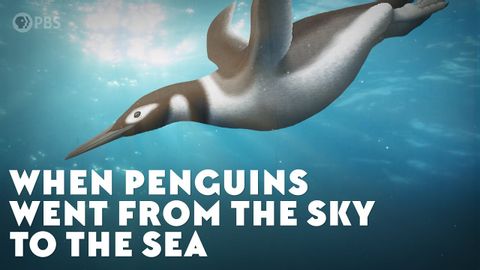当企鹅从天上飞向大海(When Penguins Went From The Sky To The Sea)
joey joey 發佈於 2021 年 05 月 01 日  沒有此條件下的單字
沒有此條件下的單字- v.t./i.出現;估計;我認為〜;認為
- n.身影;(計算過的)數量;肖像;圖;形狀;人物;名人;人影;數字
US /ædˈvæntɪdʒ/
・
UK /əd'vɑ:ntɪdʒ/
- n. (c./u.)優勢;優點;利益
- v.t.利用;佔便宜
US /stretˈfɔrwəd/
・
UK /ˌstreɪtˈfɔ:wəd/

